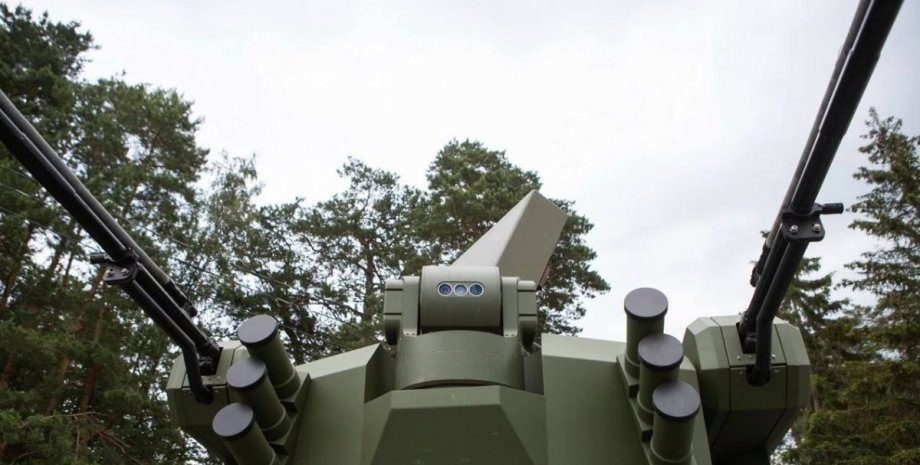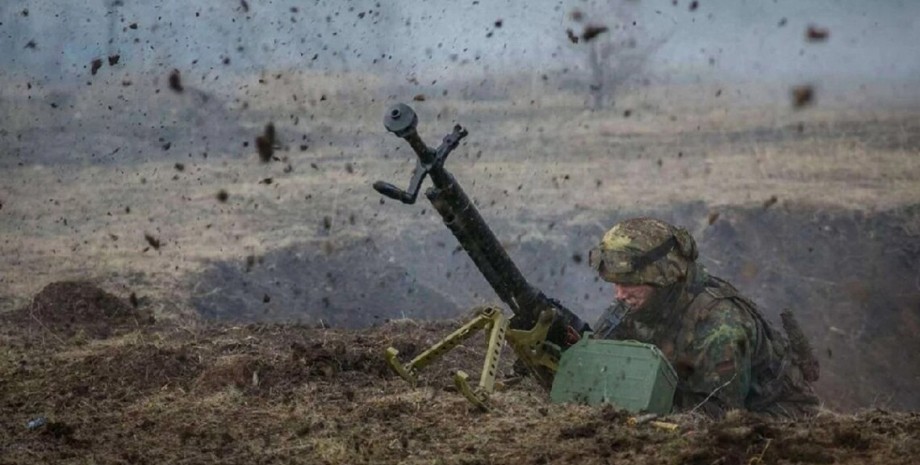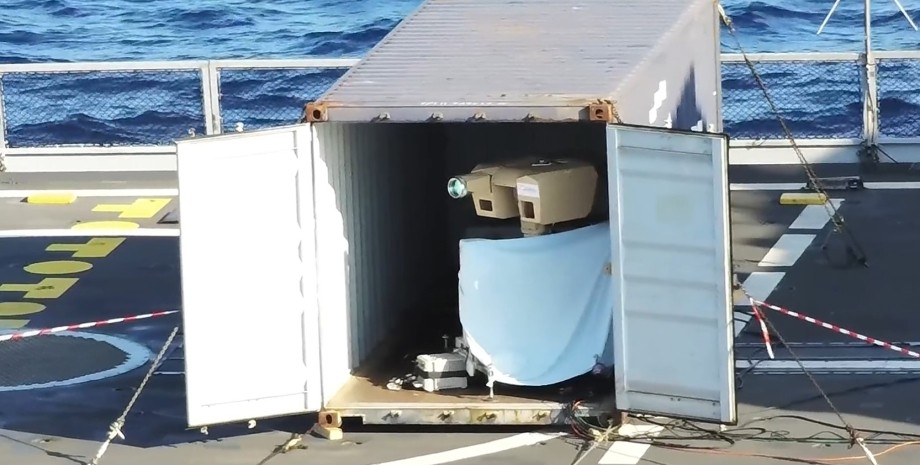
 By Natali Moss
By Natali Moss
Since the beginning of a full -scale invasion, Ukraine has repeatedly used sea drones against the Black Sea Fleet of the Russian Federation, writes the CSIS portal. These attacks have led to damage and drowning of a number of ships, including large landing and patrols, as well as forced departure of Russian ships from Sevastopol and reducing their activity in the western Black Sea.
The actions of the Armed Forces of the Armed Forces have actually "closed" a large part of the Russian fleet in ports and forced Moscow to strengthen the defense of the bases, to deploy anticancer networks, to strengthen the protection of raids and to intensify patrol. Experts say that it was Ukrainian sea drones for the first time showed the large -scale efficiency of such weapons against the Great Fleet in the 21st Century.
Senior Advisor to the Center for Strategic and International Research (CSIS) Mark Kansian emphasizes that the use of marine surface and underwater drones poses new threats to naval forces around the world, especially when ships are deployed in one place and are in the parking lot. "The greatest vulnerability of the Navy is observed in the port when the ships are stationary for a long time, and the enemy can strike with minimal risks," the expert said.
This factor was crucial in the Black Sea: even with powerful coastal protection, Russian ships were threatened, which required the restructuring of the entire defense system. Such tactics were used earlier-Japanese mini-submarines attacked the ports of Pearl Harbour and the Atola Uliti, and the German submarine U-47 drove the battlefield in Skap-Floo. However, it was the Ukrainian experience that has shown that such attacks again become a mass tool on the enemy fleet.
With the advent of UUV and USV, the Naval Forces faced the moment "back to the future", Kansian said, claiming that the leading marine states need steps that have not been taken since the Second World War. The analyst recommends the United States, the United Kingdom and France to accelerate the modernization of anchor parking lots, to strengthen port protection and to implement systems of counteraction to unmanned threats.










All rights reserved IN-Ukraine.info - 2022